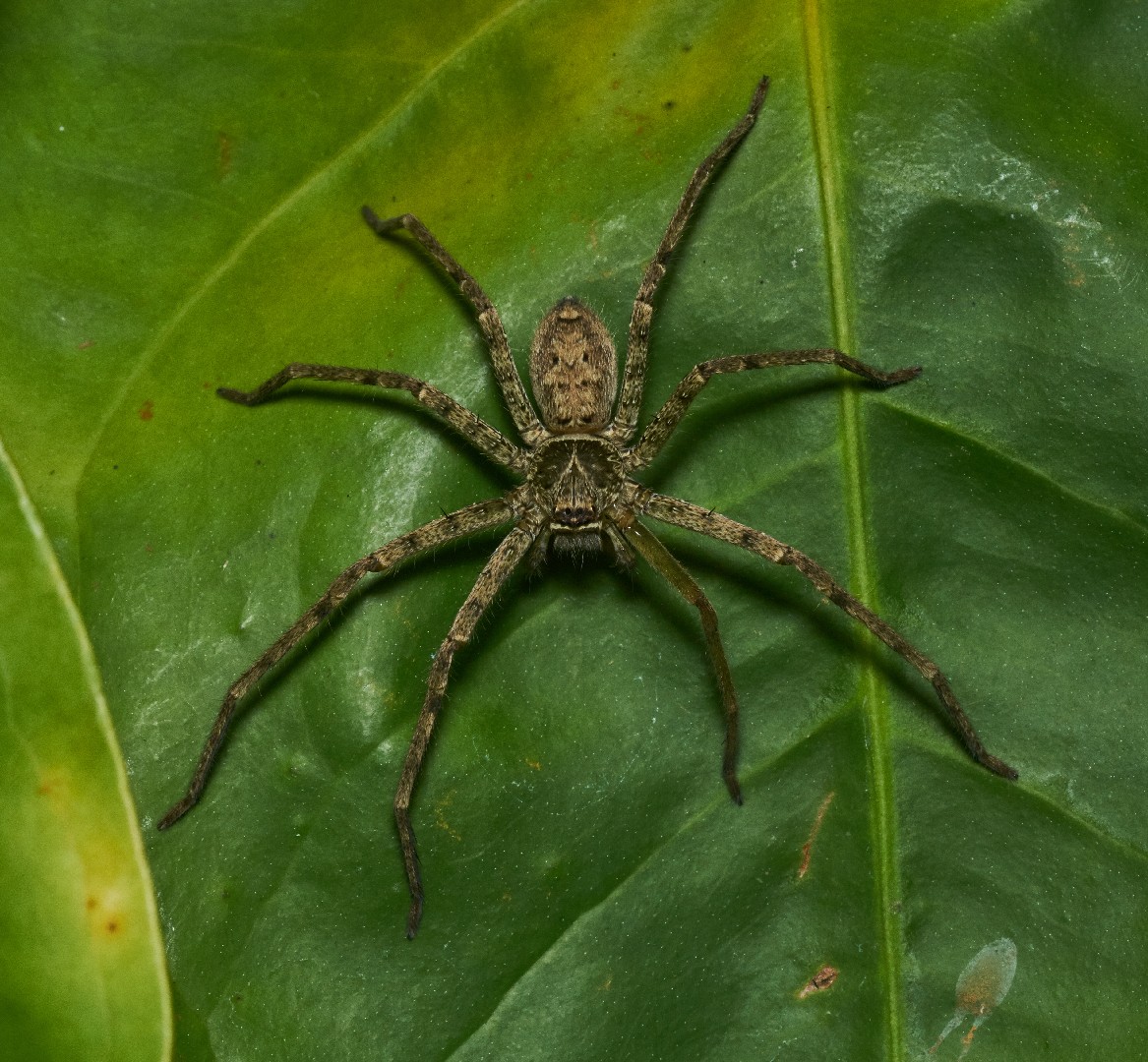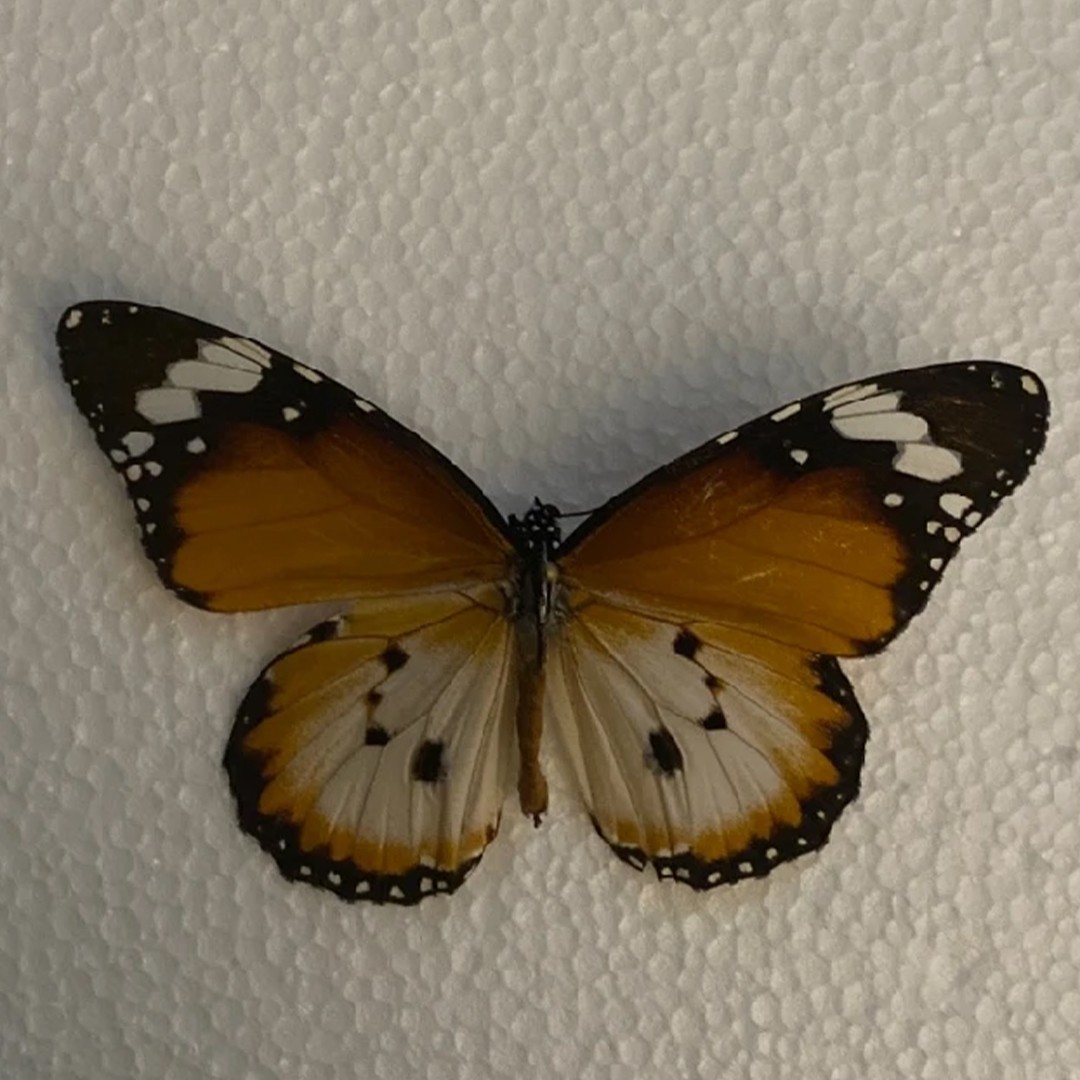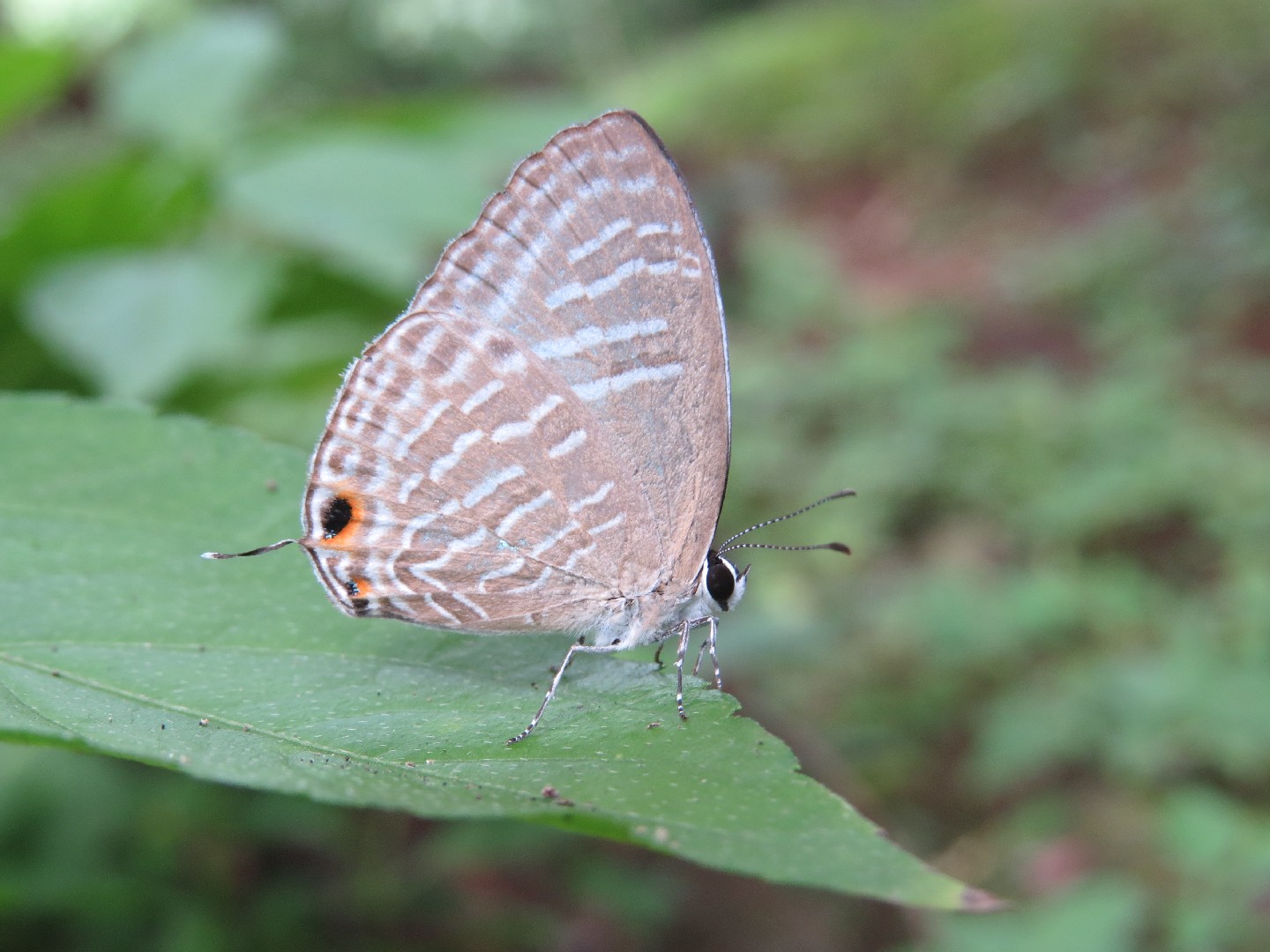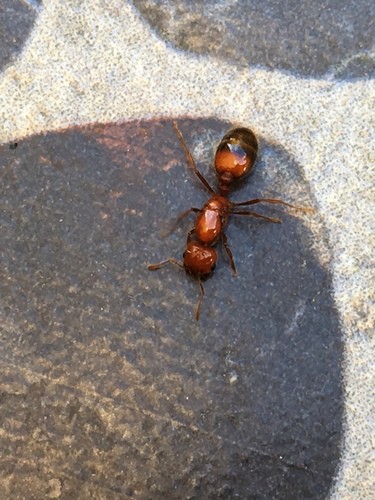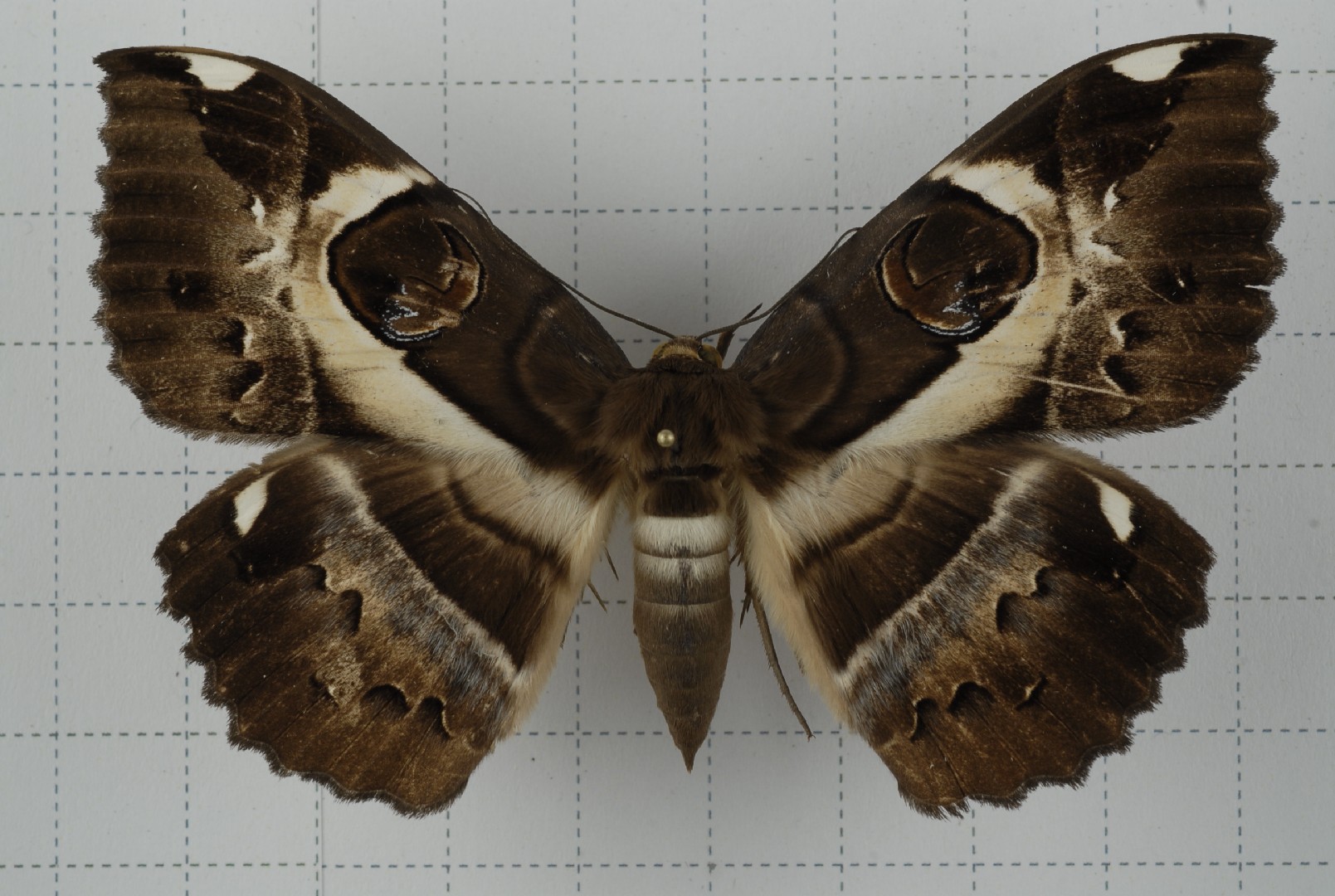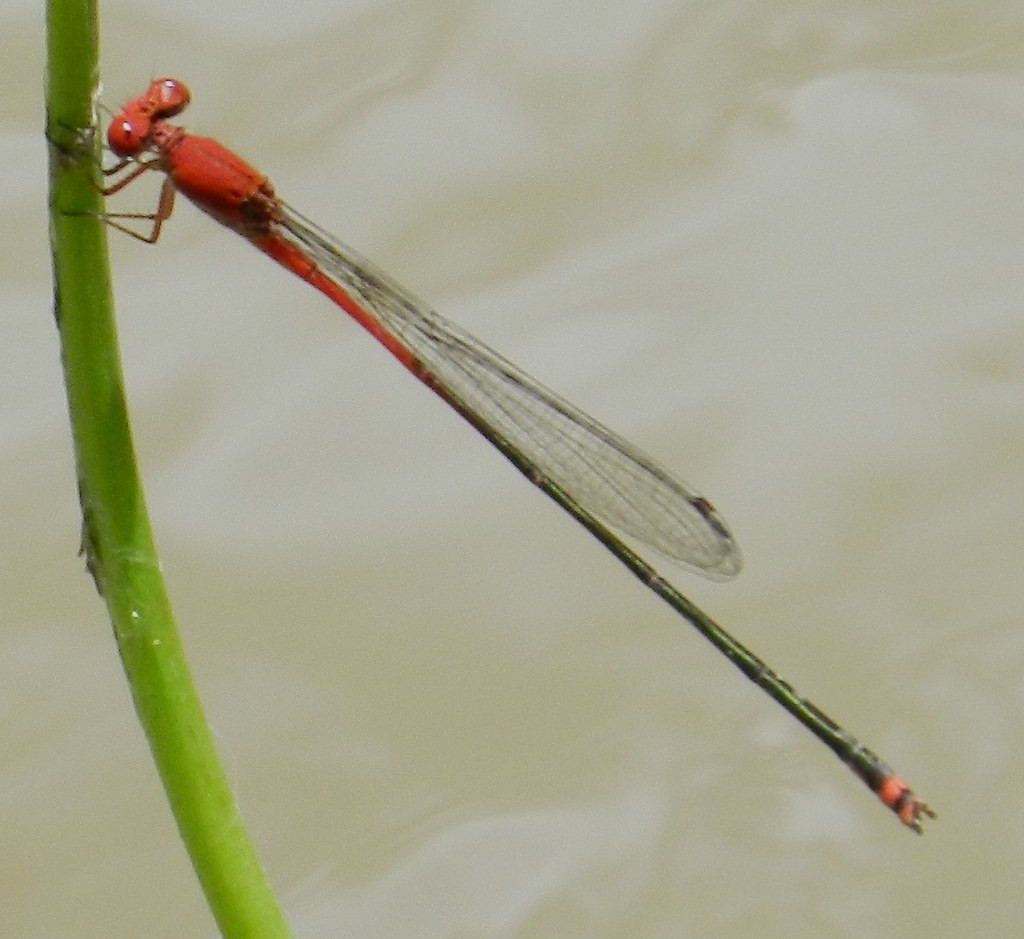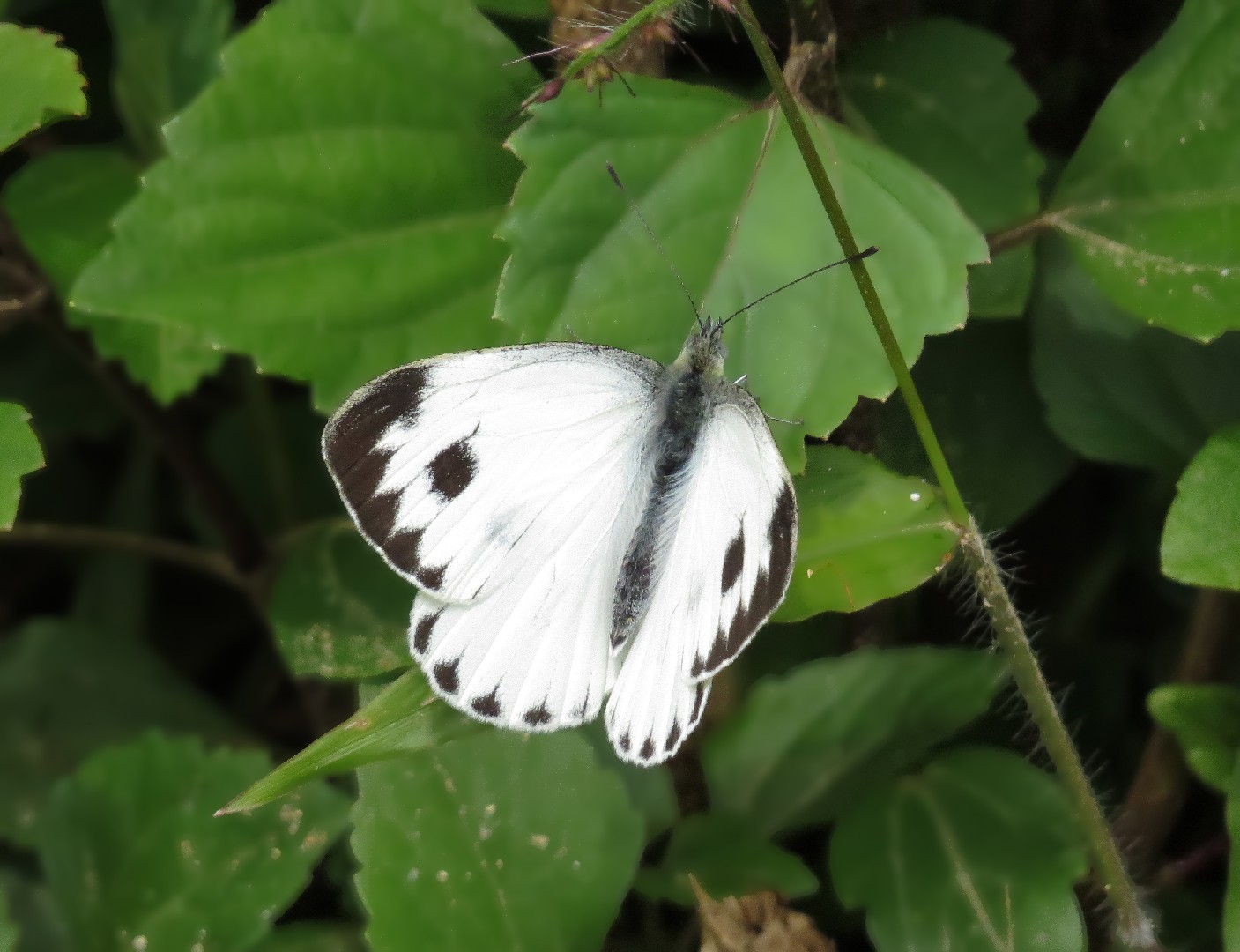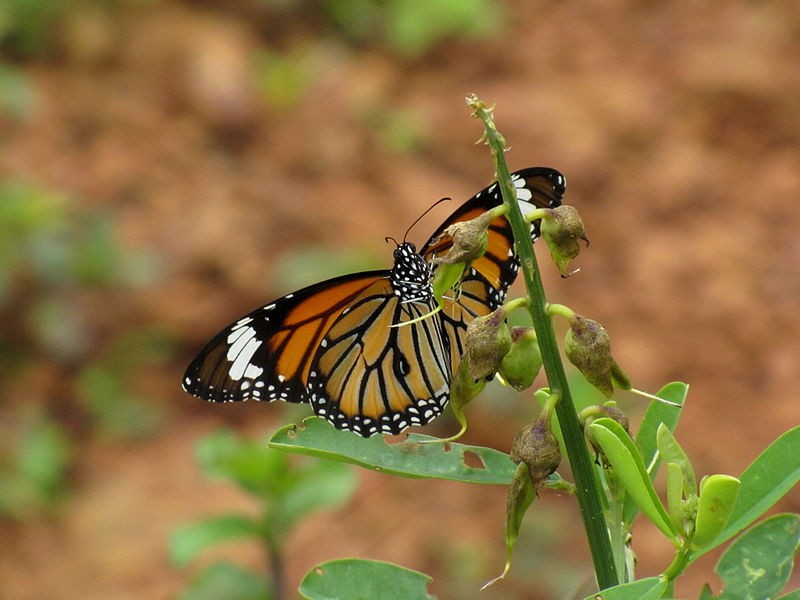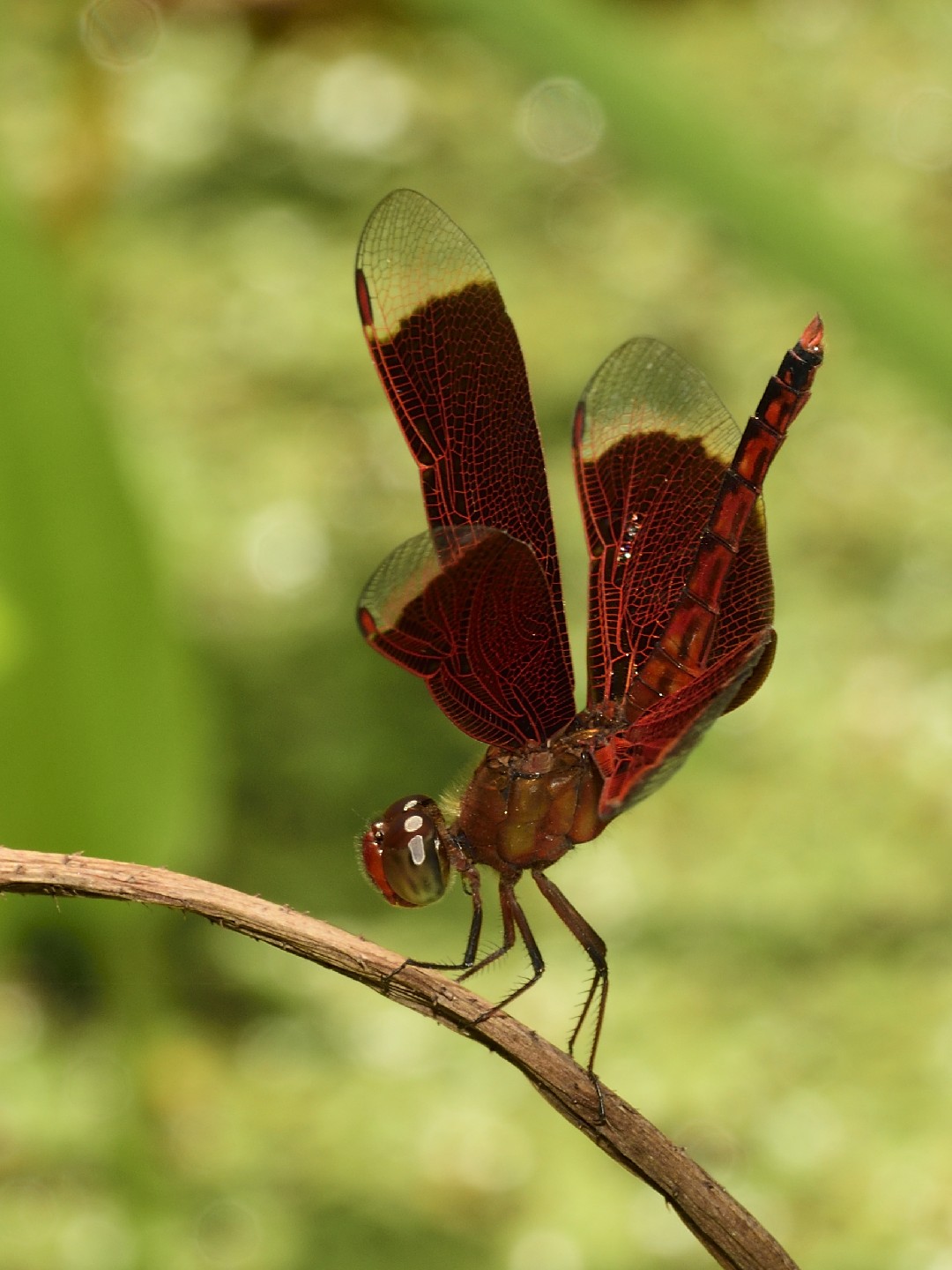Top 20 Most Common Insects in Mountain
Insects, unique for their exoskeletons and three body-part structures, contribute to the vibrant biodiversity of Mountain. The rich tapestry of Mountain's mountain landscapes offers these creatures diverse conditions that influence their types and numbers. Insects play critical roles in Mountain’s ecosystems, from being pests that challenge us, to beneficial actors encouraging growth. This relationship emphasizes the significance of understanding our list of '20 most common insects, Mountain''.
Most Common Insects
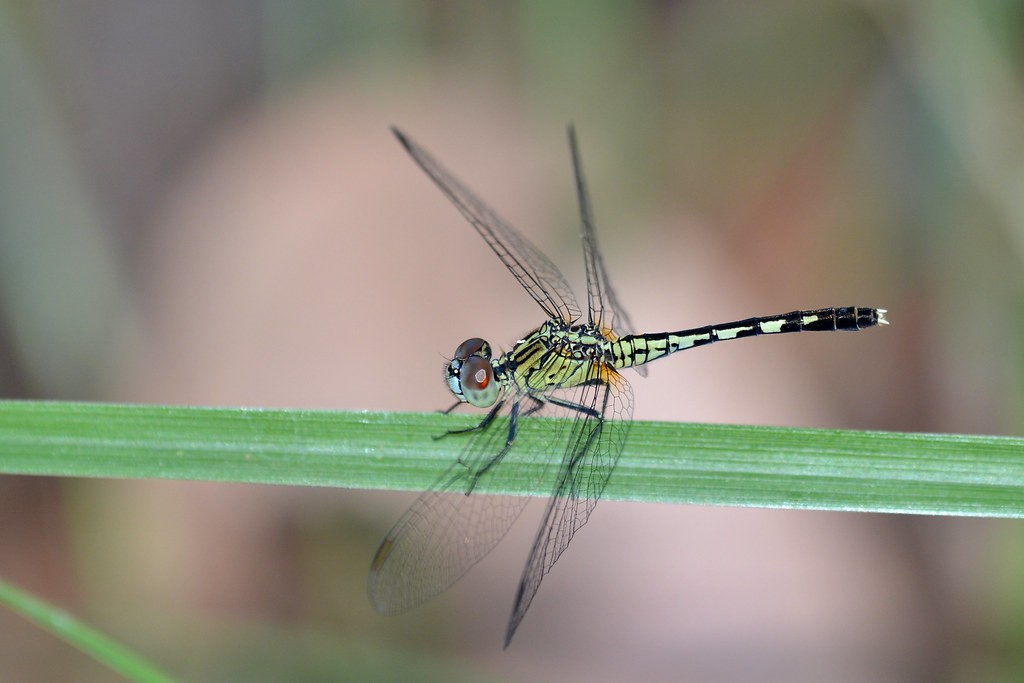
1. Green skimmer
Orthetrum serapia is a medium-sized dragonfly with a wingspan of 60-85mm. Its wings are clear except for a small dark spot at the base of the hindwing. The thorax is greenish to greyish yellow with black markings. The abdomen is black with pale yellow or pale green markings. Orthetrum serapia appears very similar to Orthetrum sabina and can be confused where the range of the two overlap in north-eastern Australia. 
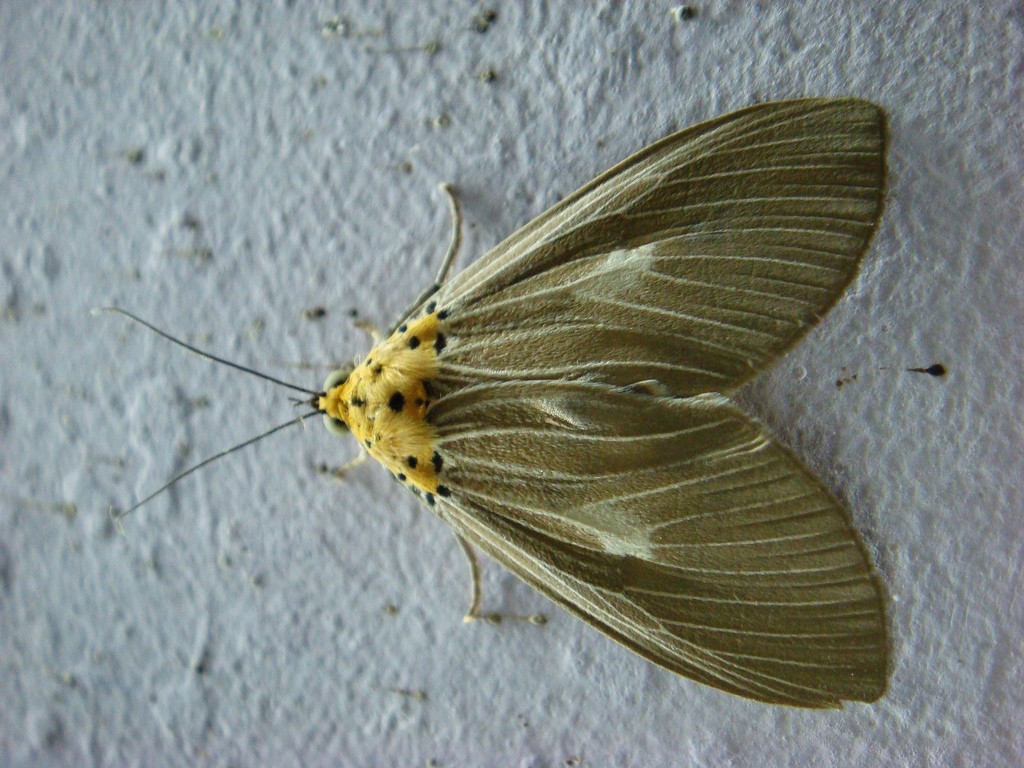
2. Euplocia
Euplocia is a monotypic moth genus in the family Erebidae erected by Jacob Hübner in 1819. Its only species, Euplocia membliaria, was first described by Pieter Cramer in 1780. It is found from the northeastern Himalayas to Sundaland, the Philippines, Sulawesi and the Lesser Sundas. The wingspan is about 70 mm. 
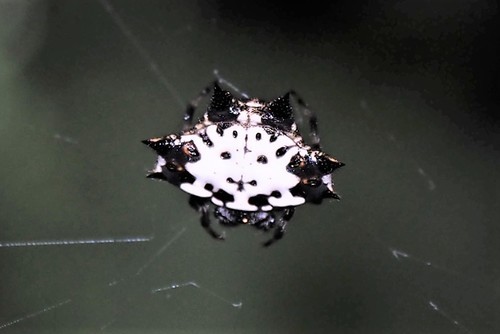
3. Black-and-white spiny spider
Female black-and-white spiny spider are 6 - 9 mm wide and possess a hard, shiny abdomen armed with six black conical spines. The upper surface of the abdomen is white to yellowish with variable black or dark brown markings and sigilla. Males are much smaller at 3 - 4 mm and in place of spines have small bumps on their abdomens. 
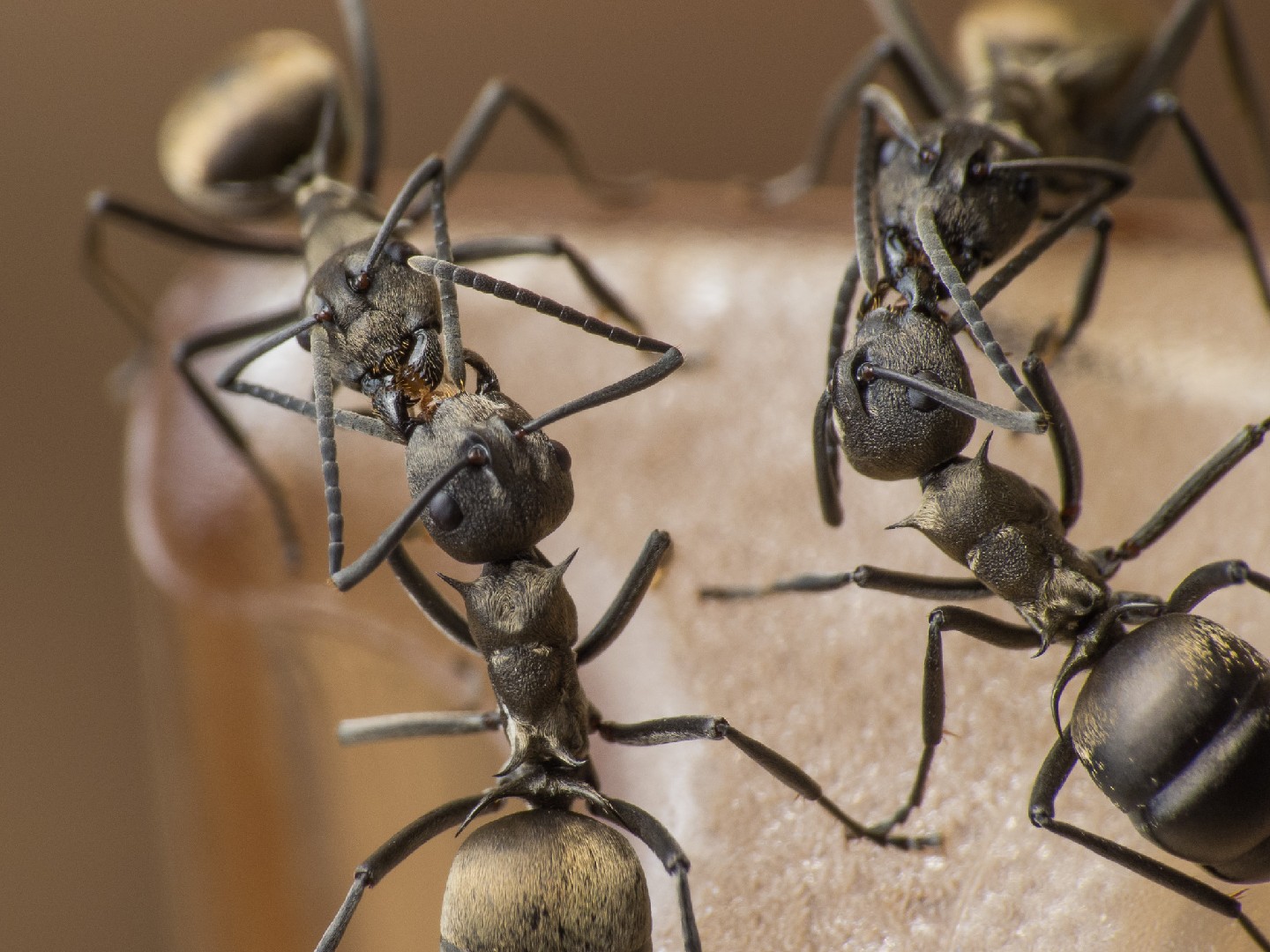
4. Rich spiny sugar ant
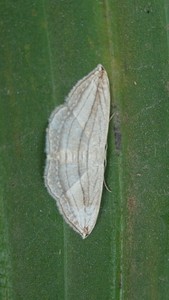
5. Scopula opicata
Its wingspan is 20 millimetres (0.79 in). The species is white slightly sprinkled with brown. Frons blackish. Abdomen with brown rings. Forewings with prominent oblique brown line from lower angle of cell to inner margin near base. Another line runs from apex to middle of inner margin. Three submarginal lines diverging from the apex, of which the outer two are slightly waved. A marginal line present. Hindwings with sub-basal, antemedial, and medial prominent lines. Two waved postmedial lines and a marginal line present. 
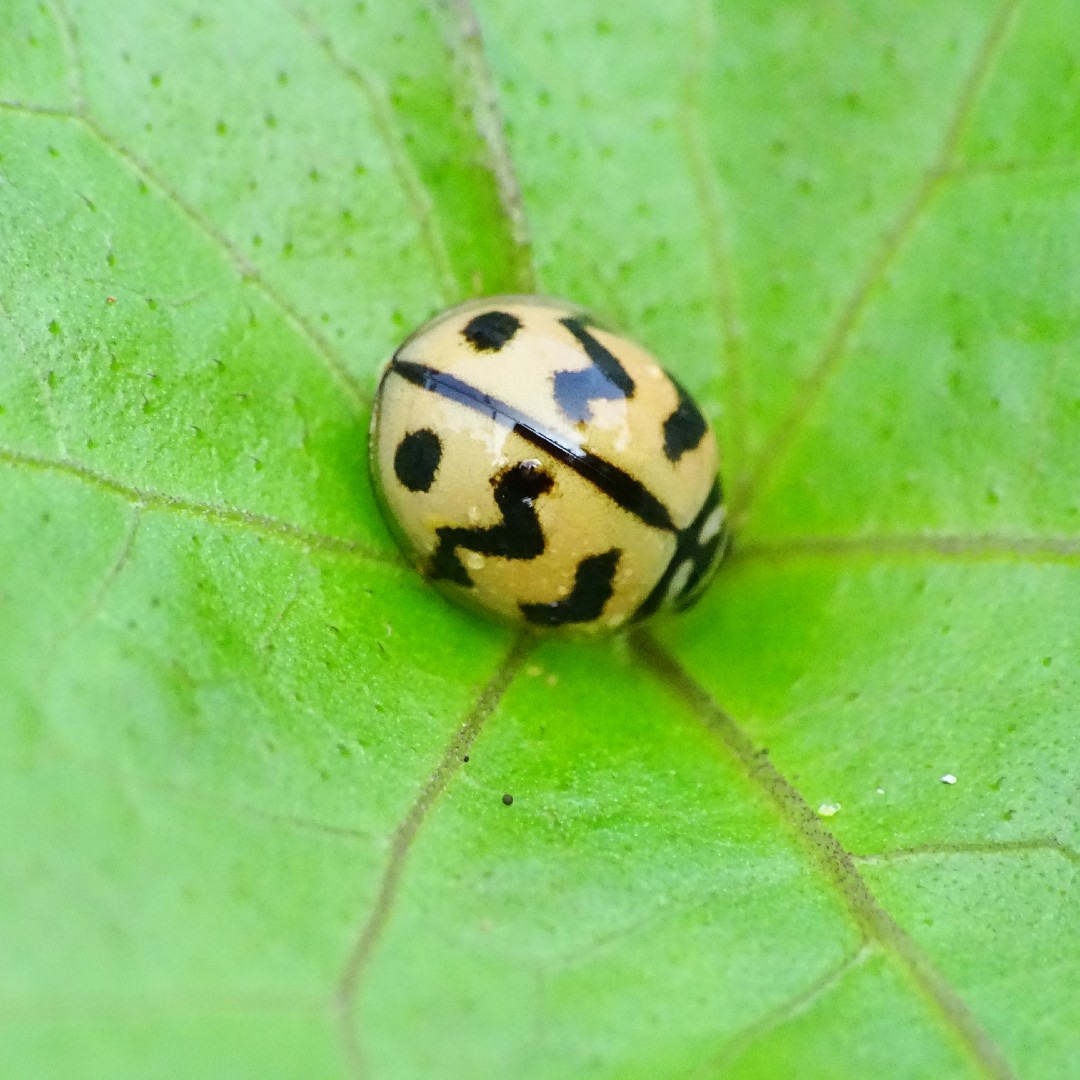
6. Six-spotted zigzag ladybird beetle
The six-spotted zigzag ladybird beetle is a common visitor to agricultural fields in India where it is considered a beneficial insect. It preys on several insects that reduce crop yield and is a more cost-effective and environmentally friendly method of pest control. The insect hibernates in cold temperatures, only appearing from spring through fall.
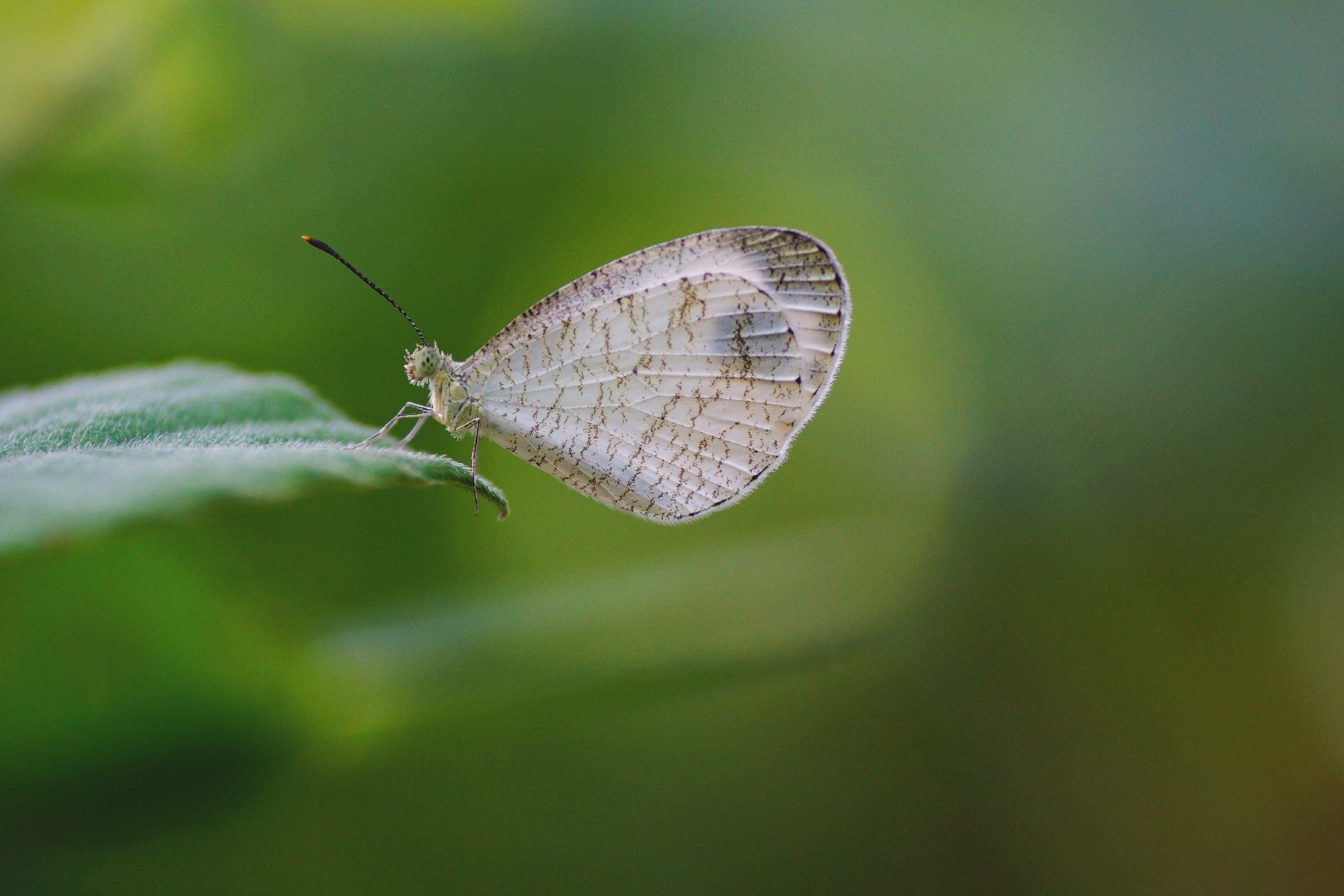
7. Psyche
Upperside is white,base of wings are very slightly powdered with minute black scales.The costa of forewing is speckled obscurely with black; apex black, the inner margin of this inwardly angulate; a very large somewhat pear-shaped post-discal spot also black. Hindwing is white,in most specimens an obscure, extremely slender, terminal black line. Underside is white; costal margin and apex of forewing broadly, and the whole surface of the hindwing irrorated (speckled) with transverse, very slender, greenish strigae and minute dots; these on the hindwing have a tendency to form sub-basal, medial and discal obliquely transverse obscure bands; the postdiscal of forewing is black,spot as on the upperside; terminal margins of both forewings and hindwings with minute black, short, transverse slender lines at the apices of the veins, that have a tendency to coalesce and form a terminal continuous line as on the upperside. Antennae dark brown spotted with white, head slightly brownish, thorax and abdomen white. Female is similar as male, the black markings on the upperside of the forewing on the whole slightly broader, but not invariably so. Wingspan is 2.5 - 5 cm. Larva is green with a pale glaucous tinge about the bases of the legs and slightly hairy. Pupa sometimes green, but more often of a delicate pink shade. 
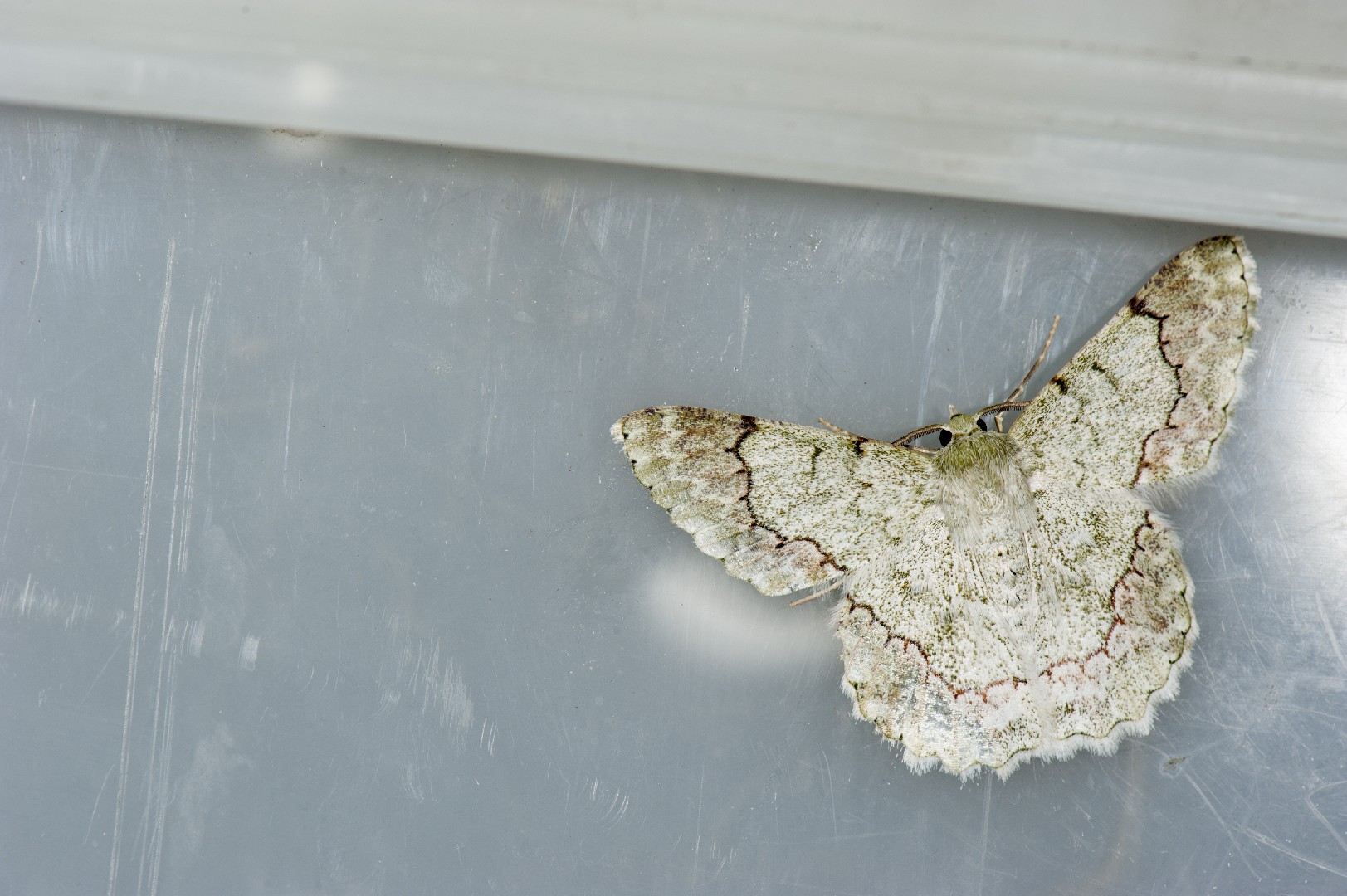
8. Pingasa ruginaria
Pingasa ruginaria is a species of moth of the family Geometridae first described by Achille Guenée in 1857. It is found in northern India, south-east Asia, the Ryukyu Islands and Sundaland. The larvae have been recorded on Rhus, Liquidambar, Cinnamomum, Litsea, Crotalaria, Nephelium, Trema and Sterculiaceae species. 
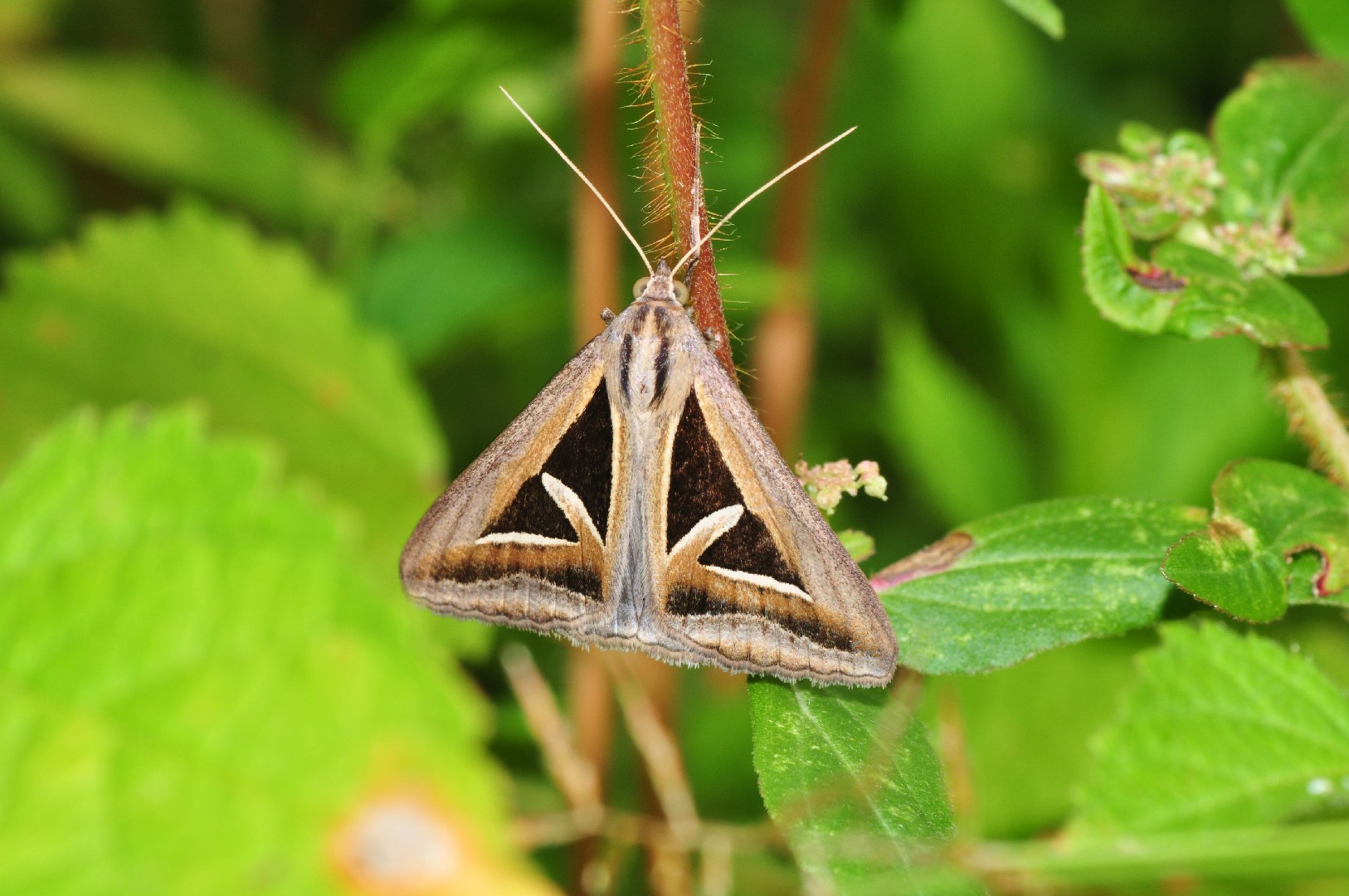
9. Triangles
The wingspan is about 3 - 4.5 cm. Antennae of male ciliated. Mid and hind tibia hairy. Body pale ochreous brown, slightly suffused with fuscous or dark grey brown. Forewings with a large black white-edged triangular patch easily distinguished below the cell from near base to towards outer angle. A similar smaller patch found beyond the cell on vein 5, with some pale fulvous behind it. A slightly sinuous submarginal pale line with patches of black suffusion found inside it and a series of black specks beyond it. A dark marginal line can be seen as well. Hindwings with indistinct medial line and fuscous suffused outer area. Larva has yellow upper half and brown ventral part. The yellow part is broken by longitudinal brown bands, which faints towards posterior and becomes intensive again in prolegs. Eggs olive green and speckled rusty red. First few instars are green with three lateral purple brown lines. Late instars are yellowish. Pupa within a slight cocoon of white silk, which spun amongst leaves. 
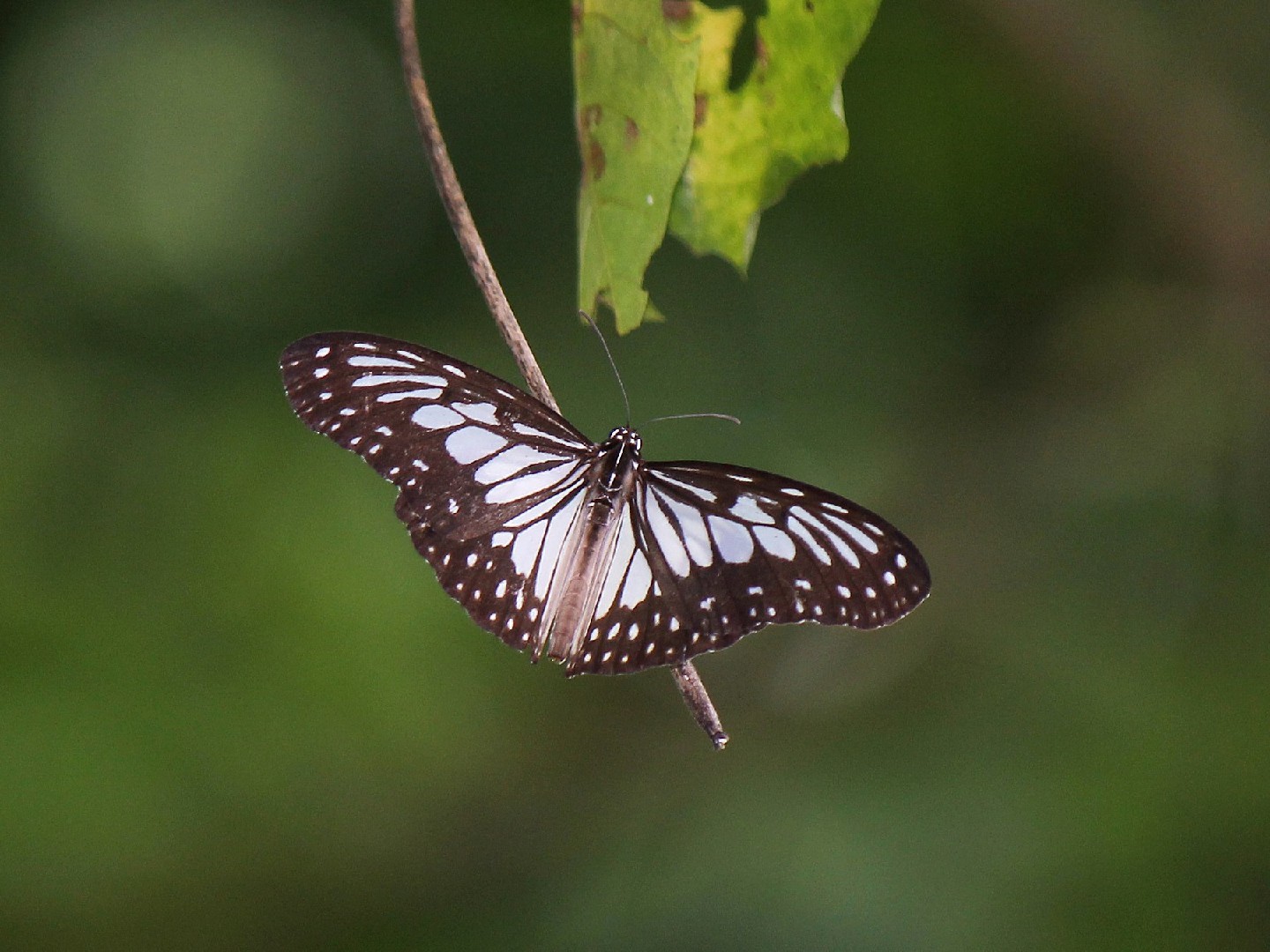
10. Gray glassy tiger
This butterfly is dark gray or black with two rows of circular white dots along the margins of its wings and elongated white patches closer to the body. The elongated white patches appear to radiate from the thorax. 
More
